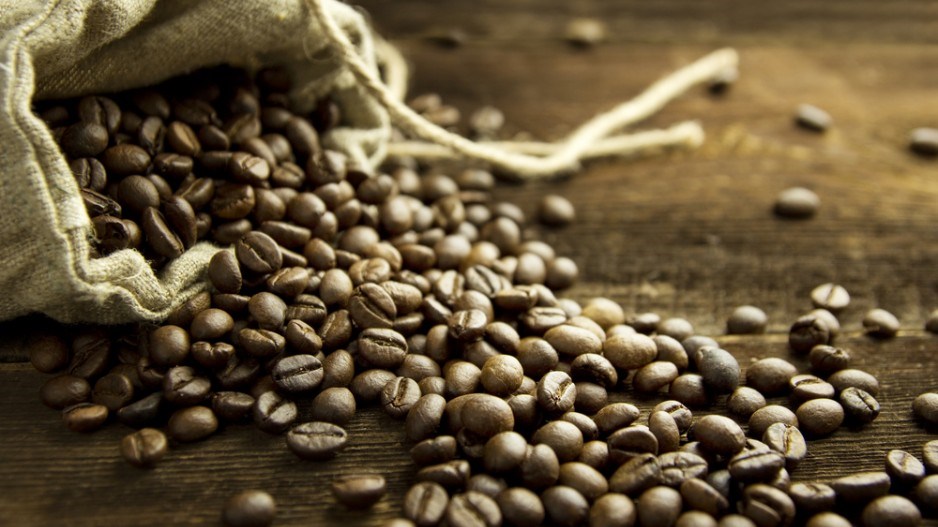A coffee bean-killing fungus that has spread across Central America likely won’t have an impact on prices this year, but starting in 2015, coffee drinkers in British Columbia could be paying a higher price for Americanos and lattes.
John Neate, the owner of Vancouver-based coffee company JJ Bean, said he doesn’t anticipate a price increase in the short tem because all the coffee for this year has been picked. JJ Bean has long-term relationships with coffee farmers and secures one to two year contracts at a fixed price.
But JJ Bean also supplements its supply — which includes both organic and conventional beans — with coffee bought on the more volatile spot market.
Even though he buys coffee from around the world, Neate said the fungus epidemic will cause a global shortage of specialty coffee beans, which will push up prices.
The Central American coffee industry has been battling coffee rust since 2012, when the fungus caused around $1 billion in damage. The blight is especially devastating to high-quality Arabica bean varieties, which Central America specializes in producing.
While the fungus is not new — Brazil faced epidemics in the 1970s — its spread to higher elevation coffee farms is. As a result, coffee farmers in Central America were unprepared to deal with the blight.
“Brazil has figured out a way to deal with it through spraying,” Neate said. “For the conventional coffees they use fungicide, in organic coffees they use copper sulfate.”
Climate change is to blame for the rapid spread of the fungus, according to World Coffee Research: coffee rust thrives in the wetter, more extreme climate pattern seen in the region in recent years.
“In March I was down in Guatemala and a farm we buy from all the time … there’s a farm next door and the coffee trees there are all skeletons, because one guy sprayed and one guy didn’t,” Neate said.
“It’s very real and it totally destroys the plant. It wipes out the leaf.”
The U.S. Agency for International Development recently announced it would fund a $5 million research project to replace vulnerable plants with disease-resistant varieties.




